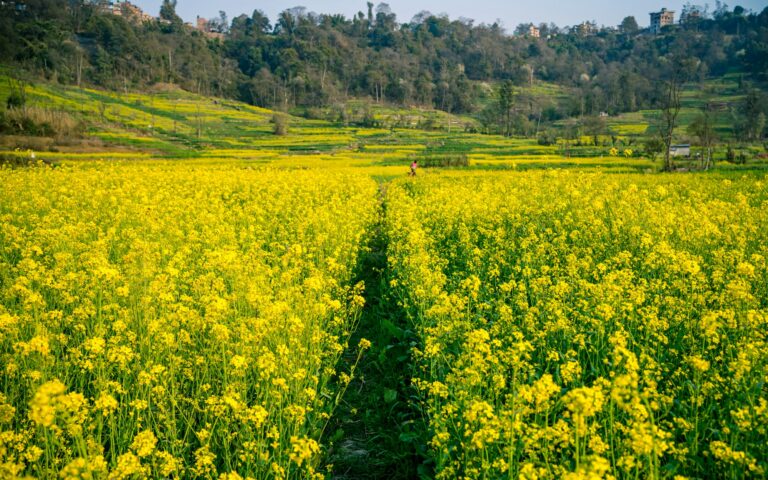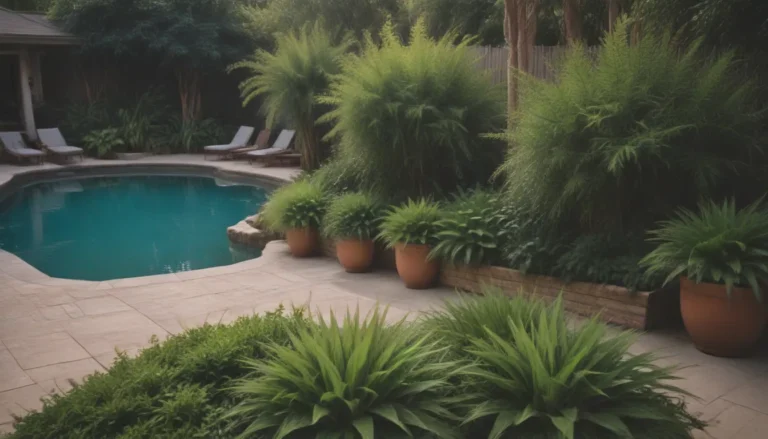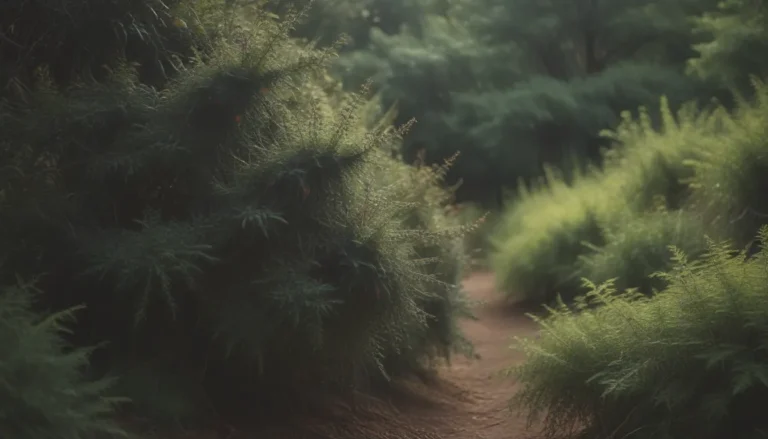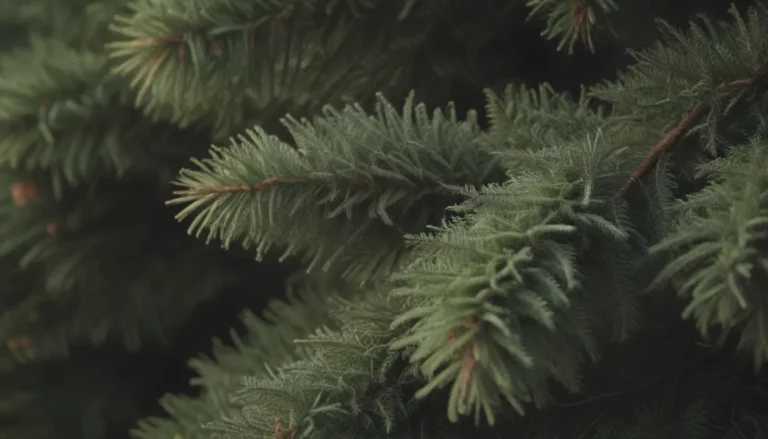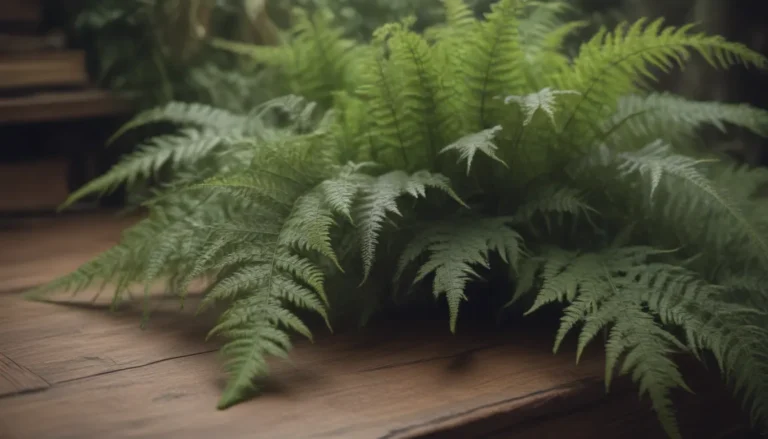The Ultimate Guide to Growing and Caring for Gazania Flowers

Gazanias, also known as treasure flowers and African daisies, are vibrant warm-weather perennials that can add a pop of color to your garden. These low-maintenance flowers are perfect for those looking to brighten up their outdoor space without too much effort.
Why Choose Gazanias?
Gazanias boast a beautiful color spectrum, with large, composite flowers in shades of yellow and orange. Their eye-catching blooms attract butterflies, making them a delightful addition to any garden. Whether you have a green thumb or are new to gardening, gazanias are an excellent choice for adding a touch of beauty to your landscape.
Key Requirements for Growing Gazanias
- Light: Gazanias thrive in full sun, so make sure to plant them in a sunny spot to encourage healthy growth and blooming.
- Soil: These flowers prefer sandy, well-draining soil but can tolerate various soil types. They do best in neutral pH but can adapt to acidic or alkaline soil conditions.
- Water: Gazanias have high drought tolerance due to their leathery foliage. Allow the soil to dry out between waterings to prevent overwatering.
- Temperature and Humidity: These flowers thrive in hot, dry conditions and work well with other heat-loving plants like vinca, cosmos, verbena, or globe amaranth.
- Fertilizer: Gazanias are low-fertility plants and don’t require much additional fertilizer. You can skip compost and supplemental feeding in most cases.
Types of Gazania Flowers
There are various types of gazanias to choose from, each offering a unique color combination and pattern on their petals. Consider adding these popular varieties to your garden:
- ‘Chansonette’ series
- ‘Creamsicle’
- ‘Daybreak’ series
- ‘Kiss Bronze’
- ‘Sunbather’s Sunset’
- ‘Sundrop’
- ‘Talent’ series
- ‘Tiger Stripes’
Care and Maintenance Tips
Pruning
For perennial gazanias, prune them in late winter or early spring to encourage new growth and healthy flowering. You can trim back the foliage to a couple of inches above the ground during the plant’s second season if needed.
Propagating
While gazanias are typically grown from seeds or nursery seedlings, you can also propagate them by taking basal cuttings in the fall and overwintering them indoors for new growth in the spring.
Growing from Seed
If you prefer growing gazanias from seed, start them indoors about 10 weeks before the last frost date in your area. Alternatively, you can sow the seeds directly in the garden for a fuss-free planting process.
Potting and Repotting
Gazanias do well in containers, making them an excellent choice for decks or patios. Plant them at the edge of the pot to allow their trailing habit to soften the container’s edges. Consider companion planting with lantana for a vibrant and complementary display.
Overwintering Your Gazanias
Gazanias are adaptable to indoor overwintering, allowing you to enjoy them year after year without the need to purchase new plants. Follow these steps to overwinter your gazanias successfully:
- Dig up the plant before the first frost in the fall.
- Plant it in pots filled with potting mix.
- Trim back the plant by about two-thirds.
- Place the pots in a cool, sunny window.
- Water the plants when the soil surface is dry, but be cautious of overwatering in the dormant season.
Dealing with Pests and Diseases
Gazanias are generally low-maintenance and pest-resistant, but overly moist soil can lead to rot. Keep an eye out for powdery mildew in humid environments and mealybugs that may infest the plants.
Encouraging Blooms
To ensure your gazanias bloom prolifically, provide them with ample sunlight, fertilizer, and regular watering. These flowers have a broad blooming window from spring to fall, offering multiple months of vibrant blooms.
Caring for Gazanias After Blooming
After the blooming season, healthy gazanias may enter dormancy without much intervention. Deadhead spent flowers to promote new growth and continue blooming. Gazanias are perennial in USDA zones 9-11, with natural reseeding ensuring their return each year.
In Conclusion
Growing and caring for gazanias can be a rewarding experience, thanks to their vibrant blooms and low maintenance requirements. By following these tips and guidelines, you can enjoy a colorful display of gazania flowers in your garden year after year. Whether you’re a seasoned gardener or a newbie, these cheerful flowers are sure to brighten up your outdoor space. Give gazanias a try and watch your garden come alive with their beautiful and captivating blooms.
